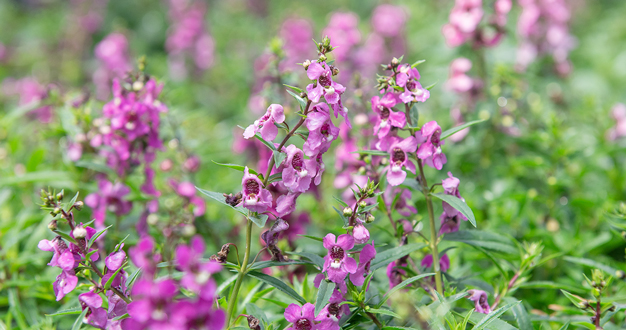
Looking for an earth-friendly way to improve the productivity of your herb and vegetable garden? Companion planting is the practice of planting certain plants close together to take advantage of the benefits they offer one another – like providing shade or deterring insects. By letting our plants do the work naturally, companion planting can reduce the need for added fertilizers, insecticides, and other inputs – good for both your budget and the environment. Here we discuss a few ways that carefully selected companion plants can help their neighbors in the garden – and how simply diversifying the garden can help in a big way too.
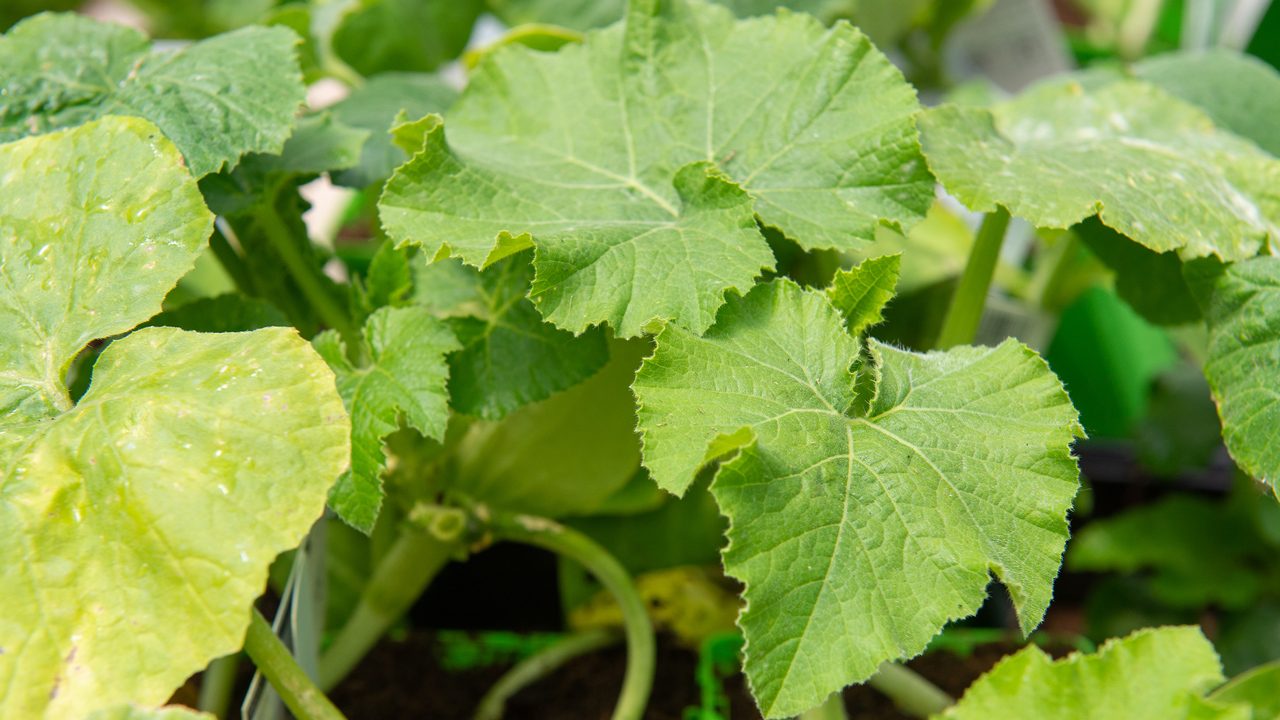
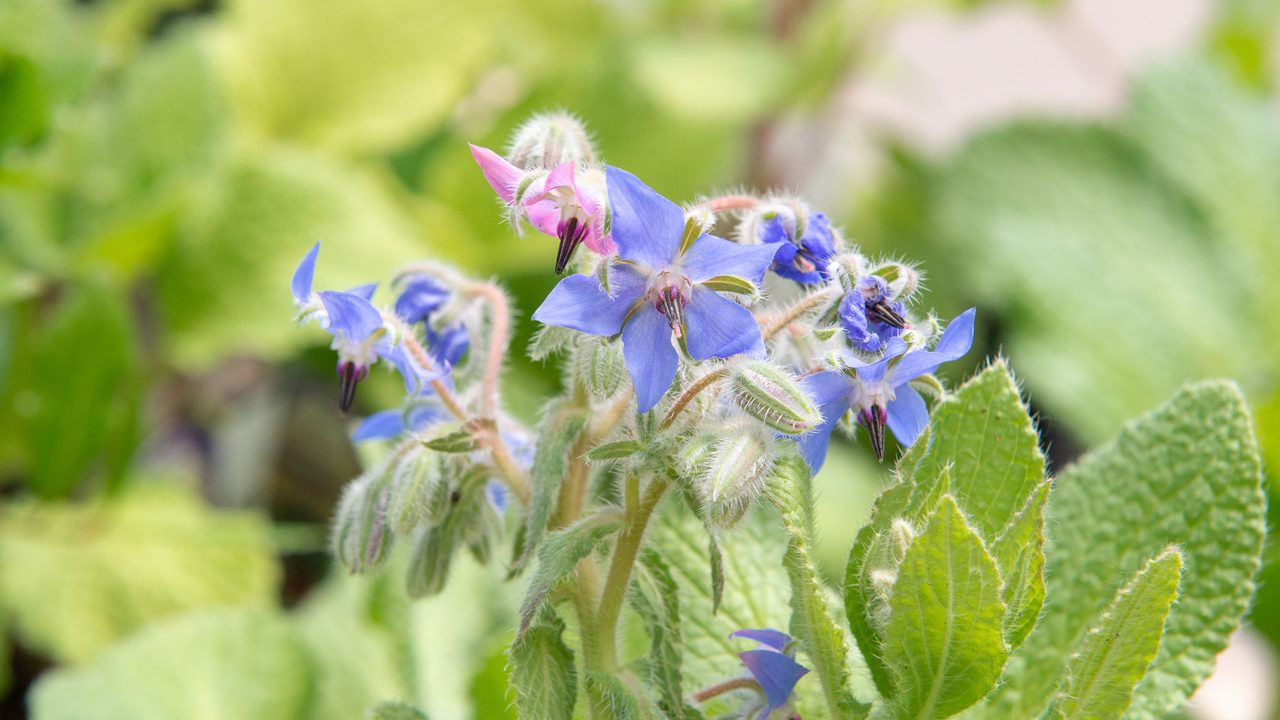
Repel Pests // Borage + Squash
Some plants have physical or chemical properties that help keep insect pests and even herbivorous animals away from other plants. A good example is borage planted alongside squash or pumpkin. This leafy annual herb produces an essential oil that’s known to repel squash bug, a major pest of squash and pumpkin.
Or the aromatic herb rosemary is thought to repel cabbage moth – whose caterpillars damage broccoli and other cruciferous vegetables. In other examples, planting basil can protect tomatoes from hornworm, mint may deter aphids, and marigolds are a known nemesis to root nematodes. Even larger animals like rabbits, mice, and raccoons will shy away from certain plants they find distasteful, smelly, or prickly such as onion, garlic, peppermint, and cucumber.

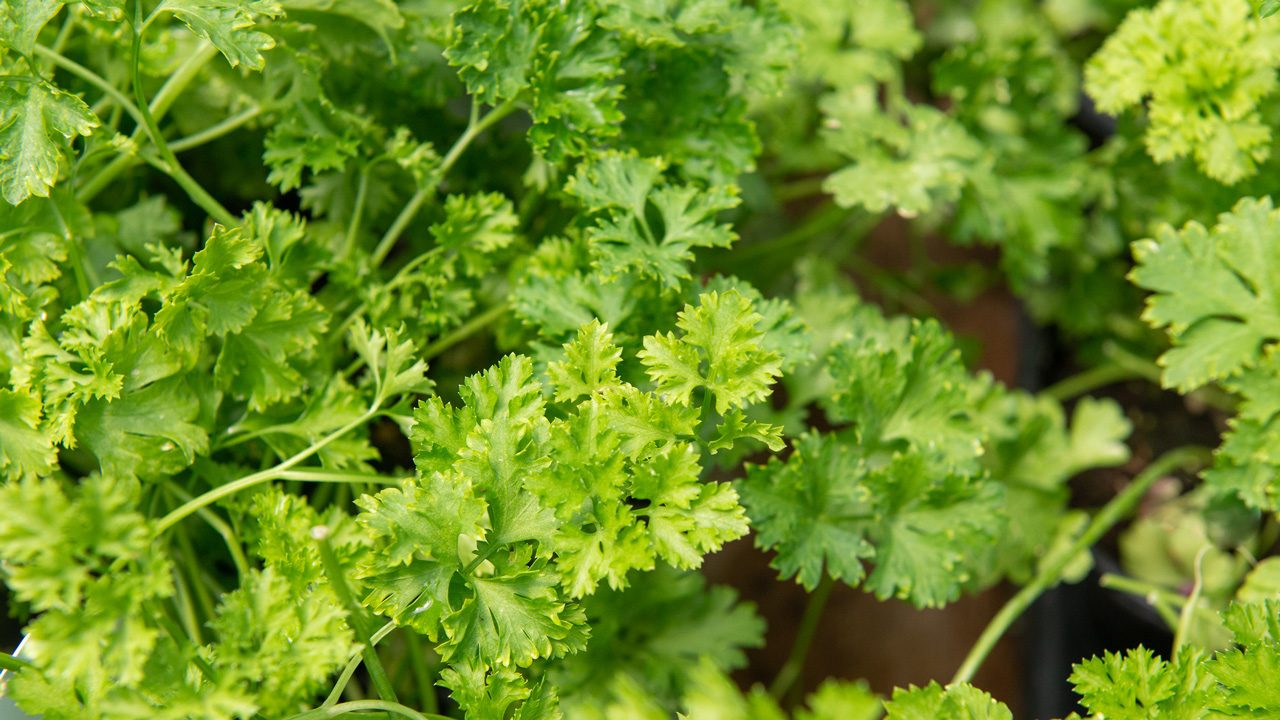
Invite Friends // Parsley + Tomato
Some insects are beneficial or even vital to a plant’s productivity. Important pollinators like bees and butterflies are one example. Planting lots of nectar- and pollen-rich flowering plants like borage, melon, strawberries, cucumbers, and marigolds will attract these hard workers to your garden.
But garden-friendly insects can also include parasitic wasps and predatory insects that kill damaging insects. Parsley, alyssum, dill, yarrow, zinnia, and many other flowers attract tiny parasitic wasps because, just like bees, these beneficial wasps love to dine on pollen and nectar. Then they lay their eggs in the bodies of damaging caterpillars or beetle larvae – including tomato hornworm – eventually killing the hosts.
Ladybugs also use pollen as a food source, so planting good pollen producers like dill, yarrow, coriander, and cilantro will bring them in for a meal. And low, creeping plants like nasturtiums can shade the ground, providing a safe and comfortable habitat for bug-eating spiders and ground beetles.

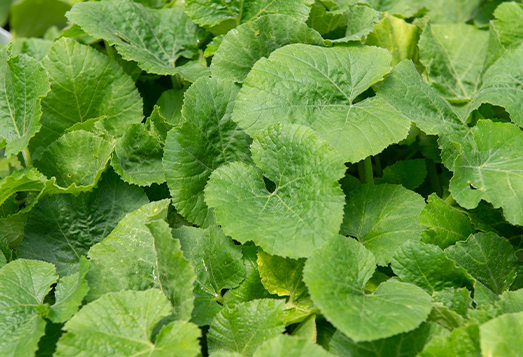
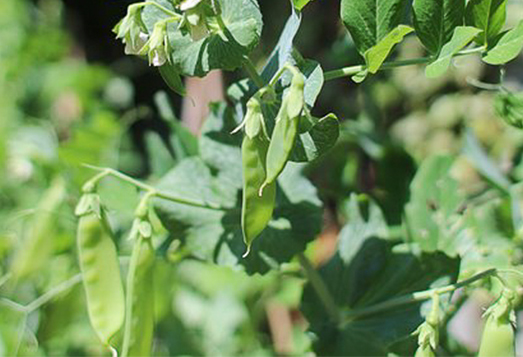
Lend a Hand // Corn + Pole Bean + Squash
Sometimes a plant can alter their immediate environment in a way that benefits other plants around it. One of the most famous of these cooperative plant relationships is called “Three Sisters” – a combination based on Native American gardening practices. In this example, sweet corn, pole bean, and squash are planted together in the same hill. The tall corn stalk provides a sturdy stake for the vining bean to climb toward the sun. In return, the bean uses its talents as a legume to convert atmospheric nitrogen into a form its companions can take from the soil. And for its part, the low-growing squash acts as a living mulch – shading the soil which reduces moisture loss and suppresses weeds.
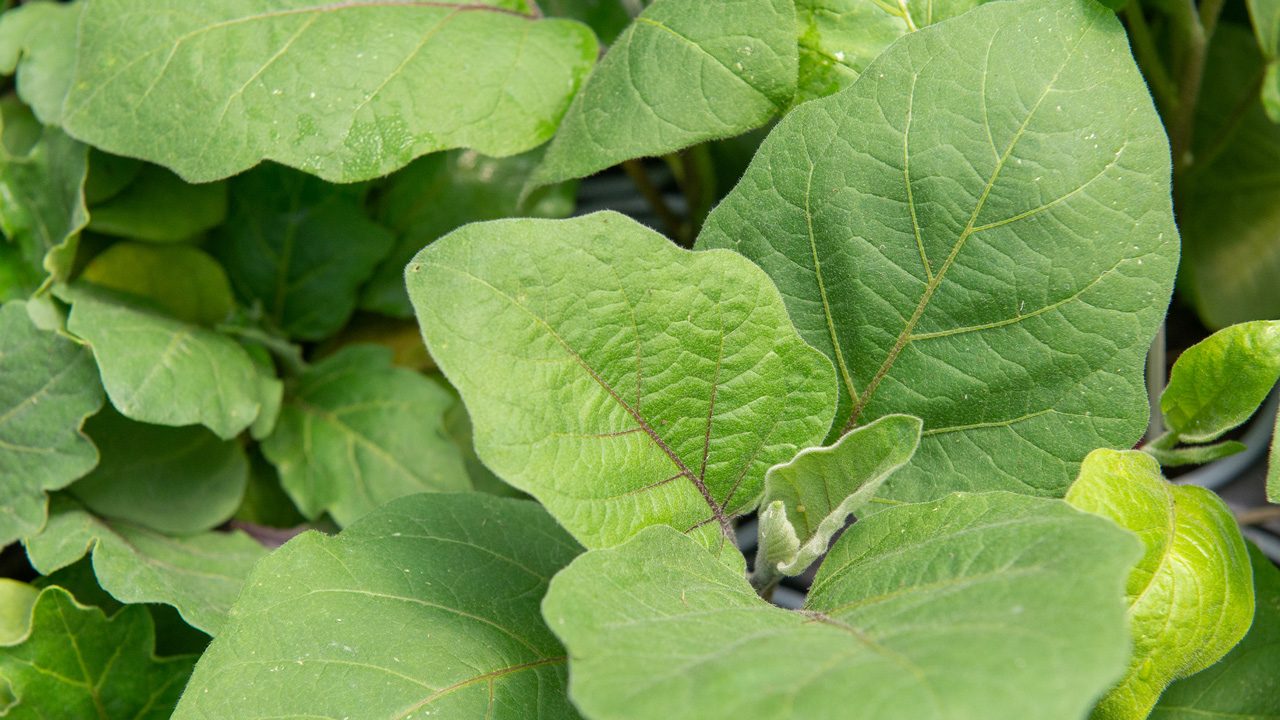
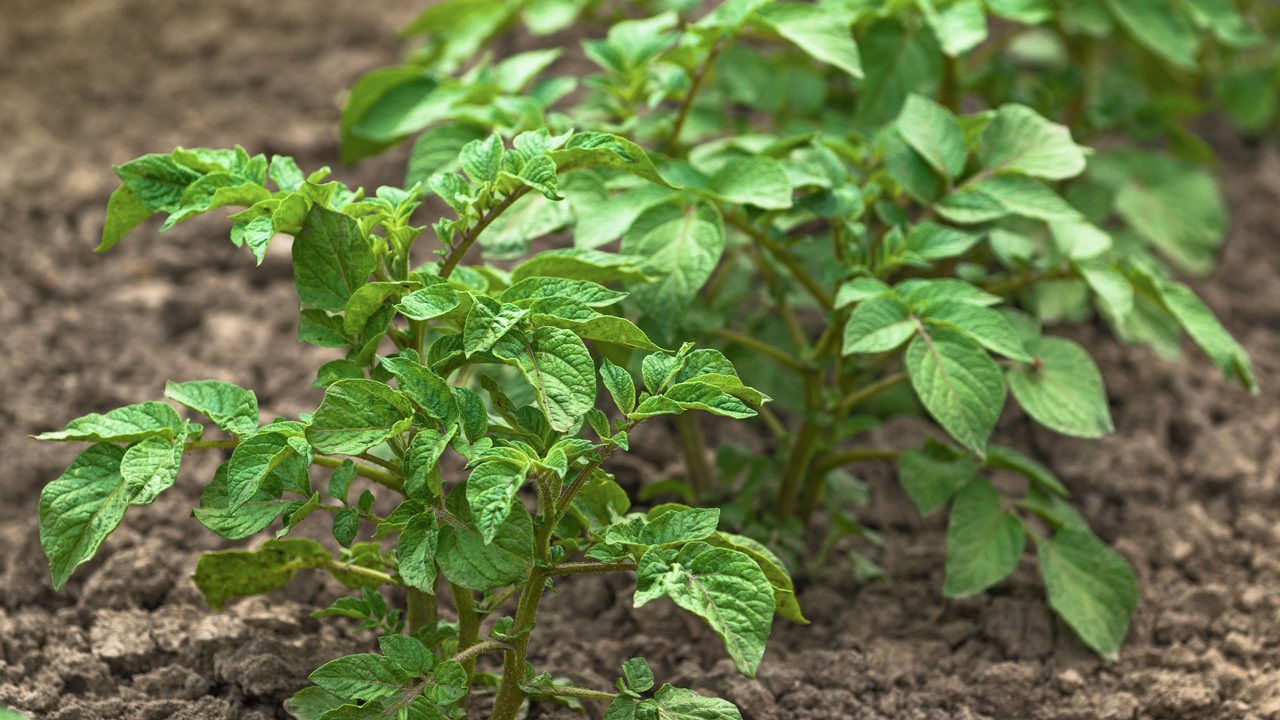
Sacrifice for the Cause // Eggplant + Potato
Although damaging insects seem to attack everything in the garden, even bugs have their preferences. We can plant some of these insect favorites – often called sacrificial or “trap” crops – as a way to draw attention away from our own favorites. As an example, Colorado potato beetles can be tempted away from potatoes by a few eggplants planted away from the main garden. Nasturtiums are a favorite of aphids and slugs while radishes draw away cabbage root maggots and cucumber beetles. The trick to making this sacrificial relationship work is to let the pests find and attack the trap crop, then dispose of the trap plants – taking the bugs with them. And because pests tend to come in contact first with the plants on the outside edges of a garden, planting trap crops around the border may grab their time and attention before they make it any further.
When in Doubt, Mix it Up
Keeping track of all the possible beneficial relationships between garden plants can get tricky. Another way to benefit from companion planting is to simply mix up your plantings and avoid large, noticeable stands of the same crop. Mixed plantings present a dizzying menu of colors, scents, and ripening fruit that can confuse a pest looking for a particular plant to munch on.
But keep in mind that although some vegetables may look very different, they may be closely related and therefore attract some of the same pests. For example, Brussels sprouts, broccoli, and cabbage are all varieties of the same species, Brassica oleracea – so cabbage worms think they’re all just as tasty. And tomatoes and potatoes both belong to the genus Solanum and are therefore susceptible to some of the same fungal diseases. So when you’re mixing up your plants in the garden, be sure to separate close relatives too.
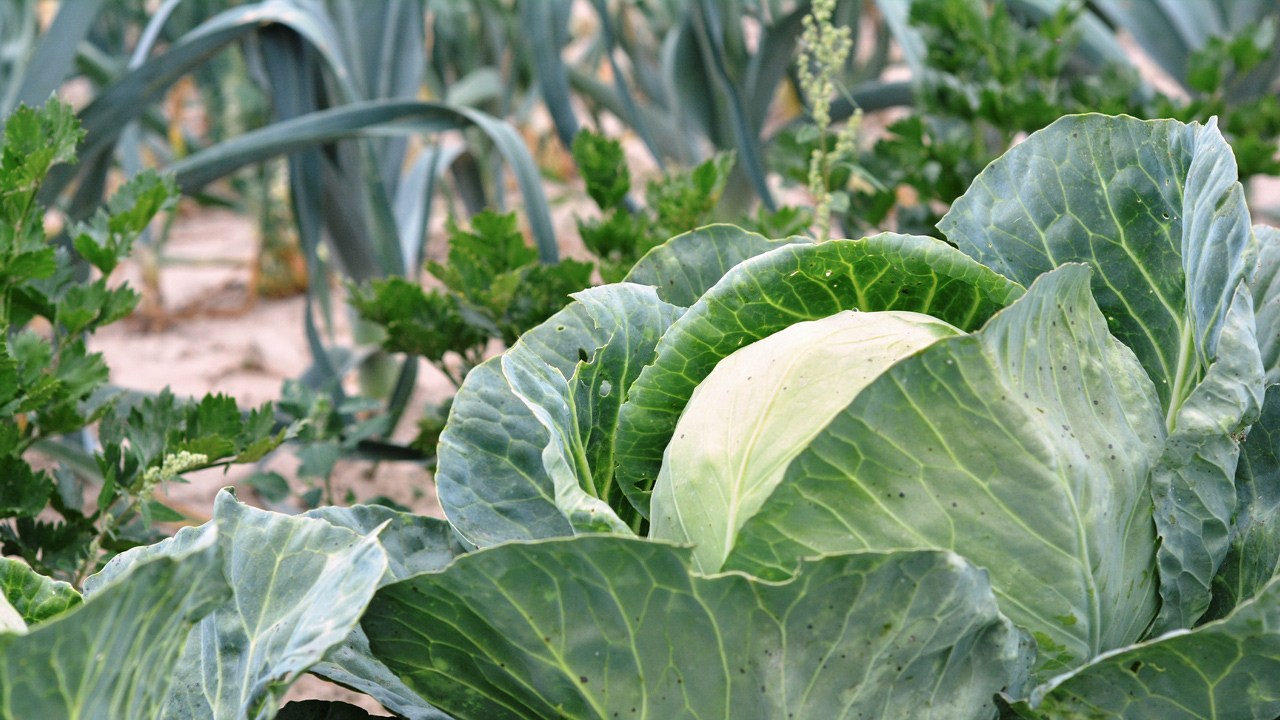
A Self-Serving Garden
It’s nice to think that by carefully selecting the herbs and vegetables we grow together in our garden, our plants can take over some of the work of resisting their own pests and diseases. If you have more questions, stop by the Greenhouse. Many of us have our own edible gardens and we’re happy to share our successes of companion planting with you.


